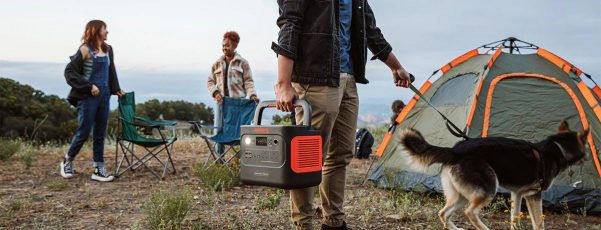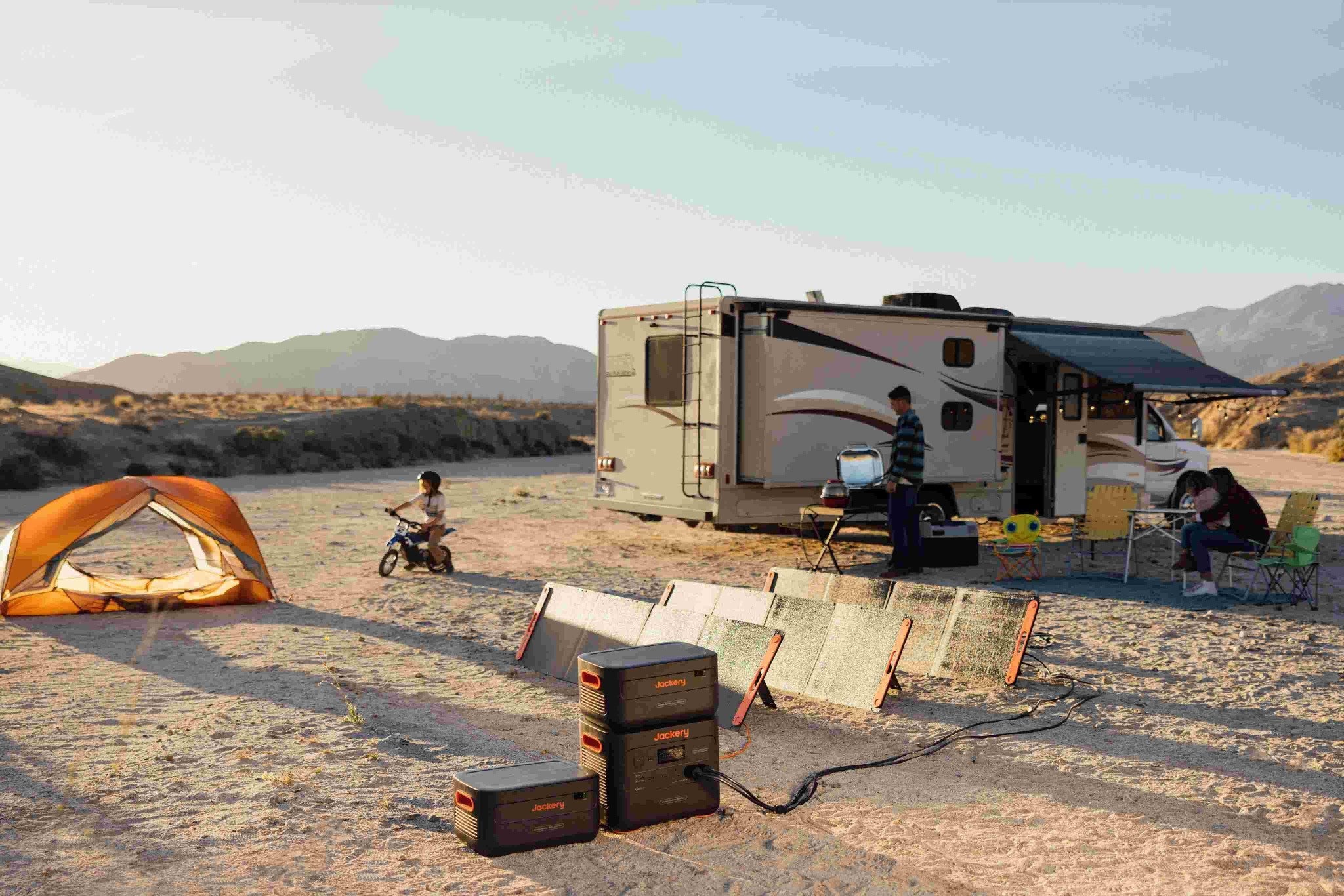Immersing yourself in the tranquillity of the starry sky can calm your mind, escape the chaos of daily life, and stimulate the development of your brain's creativity. There is nothing more relaxing than gazing at the stars at night. During stargazing, you can also contemplate the mysteries of the universe while enjoying the quiet environment around you.
This blog analyses why the UK is suitable for stargazing, what stargazing equipment is needed, and the best time to stargaze in the UK. We also introduce you to the 10 best star gazing pods in the UK. During your star gazing trip, a portable power source like Jackery Portable Power Station can help to charge the essential electronics and enhance comfort to some degree.
|
Key Takeaways: |
|
- Due to its high altitude, the UK is an excellent choice for stargazing despite weather and light pollution constraints. - East Crinnis Holiday Park, Preseli Glamping, Atlantic Horizons, Top of the Woods, Luna Domes at Hoath House, Deerstone Glamping, Stargaze Glamping, Gayton Farm, Dartmoor Domes, and Owl Valley Glamping are the 10 best stargazing pods in the UK. - Basic stargazing equipment includes a telescope, tripod, star chart tool, red-light flashlight, and portable power station. - Choose a clear night with no or minimal clouds for stargazing. - Winter (followed by spring and autumn) is the best year for stargazing in the UK. - We recommend Jackery Explorer 1000 v2 and 500 to take to your UK stargazing trips to power your electronics and devices at night. |
Is the UK Good for Stargazing?
Whether the UK is suitable for stargazing requires a comprehensive analysis of geographical location, climate conditions, light pollution, policy protection and observation resources. The following analyses the advantages and limitations of the UK as a stargazing destination from multiple aspects:
Superior Geographical Location
The UK is between 50°-60° north latitude, with a relatively thin atmosphere and high visibility, theoretically conducive to starry sky observation. The high latitude makes the UK suitable for observing constellations near the north celestial pole (such as Cassiopeia and Ursa Minor) and extraordinary astronomical phenomena (such as the aurora in northern Scotland).
Relatively Complete Infrastructure
Several IDSA-certified dark sky reserves in the UK (such as Galloway Forest Park) protect the night environment by restricting artificial lighting and promoting colour-temperature street lights. Some reserves even have professional stargazing huts, such as the wooden observatory in Kielder Forest.
Weather Uncertainty
The UK has more rainy weather throughout the year, and the frequency of clear night skies is low, so the number of days available for observation is limited. Although the nights are longer in winter, the cloud coverage rate is over 70%.
Uneven Distribution of Light Pollution
The UK is highly urbanised, especially in large cities such as London and Manchester, where light pollution is severe (8-9 on the Porter scale). However, remote areas such as Scotland, Wales and the Lake District have low light pollution and are suitable for stargazing.
In general, although restricted by weather and light pollution, the UK's high-latitude geographical advantages and complete dark sky protection system make it a suitable destination for star lovers.
Best Time to Stargaze in the UK
In the UK, the best time for stargazing depends on weather conditions, moonlight interference, and the length of nights. Summer has long days and short nights, so there is only a short time to view the dark sky, significantly reducing the stargazing opportunities. Many astronomers believe that autumn, winter, and spring are the best seasons for stargazing and call this period "observation season."
Why Is Winter the Best Time for Stargazing in the UK?
Although winter in the UK is cold, the air is dry, and the atmospheric transparency is exceptionally high, which is the golden period for stargazing. The nights in the UK are the longest in winter, and there is plenty of time for stargazing, especially in December and January. However, it is recommended that you choose a clear night without moonlight (around the new moon) to go stargazing. The starry sky in winter is bright and suitable for observing the Orion Nebula, the Pleiades, Canis Major and Canis Minor, etc.
Why Is Spring the Best Time for Stargazing in the UK?
The weather in the UK is warmer in spring, with lower humidity at night and good visibility, which is suitable for long-term outdoor stargazing. You need to choose a cloudless night during the new moon to stargaze. You may also encounter auroras at high latitudes, such as in northern Scotland, in March and April.
Why Is Autumn the Best Time for Stargazing in the UK?
The weather in the UK is relatively stable in autumn, with thin clouds and gradually longer nights, providing sufficient dark periods for stargazing. Especially from September to early October, the weather is relatively stable, and you can even see the Andromeda Galaxy (M31). You can choose to stargaze on clear nights around the new moon.
In short, winter is the best season for stargazing in the UK. With long nights and bright stars, it is suitable for deep-sky observation. Autumn or spring is the stargazing season that balances climate comfort and observation conditions.
Top 10 Star Gazing Pods in the UK
You can stay in a stargazing pod if you want to experience stargazing while lying in bed. In the quiet and private stargazing pod, you can even spend hours watching the dazzling stars and thinking about the mysterious universe.
Combining unique design, natural landscape and stargazing experience, we recommend the following ten best stargazing pods in the UK:

East Crinnis Holiday Park
Location: Par Moor Rd, Par PL24 2SQ
Phone: 01726 813023
Website: https://www.eastcrinnis.com/
Star Gazing Pods Price: £300 (3 nights)
Facilities: Drinking water, fires allowed, shop, showers, toilets, WiFi, electric hookups, kids playground, laundry, W.C. disposal
The star gazing pods at East Crinnis Holiday Park in Cornwall are equipped with bedding and wood-burning stoves but are only open from April to September. The Harlyn Geodome, set on grass, can accommodate up to 6 people and two small dogs. The Trenarren Geodome can accommodate up to 4 people and two small dogs.
In addition to stargazing, you can also set out from here to explore the nearby Caerleon Bay Beach, St Austell Bay or the South West Coast Path.
Preseli Glamping
Location: Parcynole Fach, Mathry, Haverfordwest SA62 5HN
Phone: 01348 837709
Website: https://www.preseliglamping.co.uk/
Star Gazing Pods Price: From £282 (3 nights)
Facilities: Drinking water, fires allowed, showers, toilets, WiFi, W.C. disposal
If you want to stay at Preseli Glamping near the North Pembrokeshire coast, you can only do so from May 1 to September 30. The fully equipped Geodesic Dome can accommodate up to four people and two dogs. Guests can enjoy a wood-burning stove, sun loungers, a fire pit, a brazier with a grill, and a picnic table.
In addition to stargazing, you can experience outdoor adventure activities such as sea kayaking, surfing, stand-up paddleboarding, kitesurfing, horse riding, rock climbing and mountain biking.
Atlantic Horizons
Location: Eastcott, Cross, Bude EX23 9PN
Phone: 07397 775760
Website: https://www.atlantichorizons.co.uk/
Star Gazing Pods Price: From £210 (2 nights)
Facilities: Drinking water, fires allowed, showers, toilets, golf, horse riding, watersports
Atlantic Horizons in Cornwall is a beautiful, eco-friendly campsite open year-round. If you want to stay here for stargazing, book in September. For example, the Stowe Stargazer, a private suite that can sleep up to 5 people, is very popular. With a transparent skylight, you can enjoy a 360-degree view of nature.
Top of the Woods
Location: Penrallt Farm, Capel Colman Rd, Boncath SA37 0EP
Phone: 07396 840370
Website: https://www.topofthewoods.co.uk/
Star Gazing Pods Price: From £290 (2 nights)
Facilities: Disabled facilities, drinking water, fires allowed, showers, toilets, WiFi, communal BBQ, electric hookups, EV charging, games room, watersports
If you want to stay at this 27-acre eco-friendly campsite, please book from April 14 to April 27 or from May 2 to September 25. The four Nature Domes here are the best choice for many stargazing enthusiasts. However, the pet-friendly Nature Dome allows up to four people and two dogs to stay simultaneously. In addition to using the basic facilities such as beds and wood-burning stoves in the house, you can also use hammocks and fire pits outside. In short, this place is perfect for families or tourists with pets who want to explore the Pembrokeshire coast.
Luna Domes at Hoath House
Location: Hoath House Chiddingstone House TN8 7DB
Phone: 0333 577 2566
Website: https://www.lunadomes.com/
Star Gazing Pods Price: From £250
Facilities: Drinking water, showers, toilets, WiFi, hot tubs, kids playground
If you want to stay at Luna Domes at Hoath House in Kent, you don't have to choose a specific time. You can stay at any time of the year. No matter which stargazing pod you decide to stay in here, you can enjoy a luxurious and comfortable holiday. The five stargazing pods, Chartwell Dome, Knole Dome, Scotney Dome, Ashdown Dome and Wakehurst Dome, are all equipped with hot tubs. Pets are not allowed in the three-star gazing pods, Scotney Dome, Ashdown Dome and Wakehurst Dome.

Deerstone Glamping
Location: Deerstone Glamping, Deerstone House, Birch Hall Ln, Earby, Barnoldswick BB18 6JY
Phone: 07546 900656
Website: https://deerstoneglamping.co.uk/
Star Gazing Pods Price: From £362 (2 nights)
Facilities: Drinking water, fires allowed, showers, toilets, golf, hot tubs, kids playground
You can book any date between February 14 and November 30 for families, couples or guests with pets. There are six star gazing pods (pet-friendly) with bedding, wood-burning stoves, coolers and barbecues. Five of the star gazing pods have hot tubs. You can also hire a luxury barrel sauna or cinema dome during your stay.
Stargaze Glamping
Location: Nolton Cross Farm, Haverfordwest SA62 3NP
Phone: 07792 586810
Website: https://www.stargazeglamping.co.uk/
Star Gazing Pods Price: £300 (2 nights)
Facilities: Drinking water, fires allowed, shop, showers, toilets, WiFi, golf, hot tubs, laundry, watersports
To escape your busy daily life, head to Stargaze Glamping (open all year) near the Pembrokeshire coast for a rustic and luxurious holiday. You can look at the stars in the stargazing pods here and use heating, blankets, fans and even private hot tubs (booking from March). However, the Taurus Geodome and Orion Geodome are stargazing pods that do not allow pets.
Gayton Farm
Location: Clayhithe Rd, Horningsea, Cambridge CB25 9JE
Phone: 01223 440905
Website: https://www.gaytonfarm.co.uk/
Star Gazing Pods Price: From £240 (2 nights)
Facilities: Drinking water, fires allowed, showers, toilets, electric hookups, fishing, RV pitches, W.C. disposal, water hookups
You can book star gazing pods year-round at Gayton Farm in Hornsea Village. Here, you can choose between a Glamping Dome for up to four people or one for up to two people and two dogs. However, no matter which stargazing pod you choose, you can enjoy lighting, phone charging, and an outdoor kitchen with a gas barbecue. In addition to inertia, you can see open farmland and quiet livestock here.
Dartmoor Domes
Location: THE OLD LONGHOUSE, Plymouth PL7 5JT
Phone: 07309 668505
Website: https://dartmoordomes.co.uk/
Star Gazing Pods Price: £312 (2 nights)
Facilities: Drinking water, fires allowed, showers, toilets, hot tubs
If you want an off-grid, eco-friendly, luxurious stargazing trip, you can stay at Dartmoor Domes, open from March 31 to October 30. Here, you can stay in Hound Tor Dome or Haytor Dome, which is equipped with a hot tub. However, the stargazing pods here can only accommodate a maximum of 4 people. If you plan to bring your pet, you can choose Haytor Dome.
Owl Valley Glamping
Location: Jennett's Bridge, Buckland Rd, Bideford EX39 5EQ
Phone: 01237 721535
Website: https://www.owl-valley.co.uk/
Star Gazing Pods Price: From £270 (2 nights)
Facilities: Drinking water, fires allowed, shop, showers, toilets, communal BBQ, games room, hot tubs
At Owl Valley Glamping, you can experience off-grid and eco-friendly camping in a natural setting. However, there is no WiFi, no electricity, no signal most of the time, and no pets allowed.
You can stay at the Long-Eared Geodome if you want a beautiful and private stargazing experience. However, it only allows a maximum of 6 people.
What Stargazing Equipment Do I Need?
If you're about to embark on a stargazing trip, this list of practical and portable stargazing equipment will help you prepare.

Telescope
If you want to observe deep-sky objects such as galaxies and nebulae, you can carry a refracting telescope with an aperture of 8-10 cm. If you value lightness, then consider the Celestron travel telescope. If you want to explore deep-sky objects, consider the Nikon Action EX.
Tripod
You can also bring a tripod to ensure the telescope's stability. A lightweight carbon fibre tripod can help you reduce weight. Alternatively, you can choose a tripod with a gimbal adapter, such as the Manfrotto Compact series.
Star Map Tools
Star map apps such as SkySafari and Stellarium can locate constellations and planets in real time. However, some stargazing pods do not have signals or WiFi, so it is recommended to download offline star map apps. If you want to be sure, prepare a paper backup, such as the Norton Star Map Manual.
Red Light Flashlight
Avoiding intense light that destroys dark adaptation, especially white light, is necessary in the stargazing environment. Red light flashlights can ensure night lighting without destroying dark adaptation and interfering with stargazing. For example, the Petzl Tikkina headlamp with red light mode can help free your hands.
Camera
You can carry a camera with manually adjustable parameters, such as an SLR or micro single, to record the spectacular starry sky. A wide-angle lens with less than 24mm focal length can capture a more expansive starry sky and avoid starlight compression. A camera with a shutter cable or remote control using a mobile phone APP can avoid shaking.
Portable Power Station
Some stargazing pods (such as Owl Valley Glamping) do not provide electricity in the UK. A portable power station can help you keep your camera, mobile phone, etc., powered during stargazing. For example, the Jackery Portable Power Station provides clean energy without noise or smoke.
In short, several professional equipment are required for a stargazing trip. You can prepare additional items and equipment according to your actual needs and the environment of the stargazing location.
Jackery Portable Power Stations for Stargazing
A portable power station significantly enhances the stargazing experience in the UK by providing reliable off-grid power for essential equipment. It can power astronomy cameras for long-exposure astrophotography, dew heaters to keep telescope optics clear on damp UK nights, and motorised telescope mounts to track celestial objects precisely.
It can also charge laptops or tablets for controlling telescopes and capturing images, power red-light torches to preserve night vision, and power portable speakers for ambient space-themed music. It eliminates the need for noisy generators or reliance on limited car battery power, allowing for a more immersive and comfortable stargazing session in often remote and dark sky locations across the UK.
Here, we recommend the Jackery Portable Power Station, which adds convenience, comfort, and a layer of preparedness to your stargazing trips, especially on longer or more remote outings.
Jackery Explorer 1000 v2
We recommend Jackery Explorer 1000 v2 for the stargazing trips in the UK. From its capacity to its design, it is suitable as a portable power supply to provide enough electricity for small to medium outdoor appliances, such as your phones, cameras, drones, etc.

- Portable Power for Stargazing: The Explorer 1000 v2 Portable Power Station has an excellent 1500W output and 1070Wh capacity, 50% higher than the Explorer 1000. It can power stargazing electronic items like cameras, dew heaters, etc. Equipped with USB-A/C connections and dual PD charging up to 100W, it can simultaneously charge several devices (phone, laptop), rendering it the ideal companion for your stargazing power requirements.
- Multiple Recharging Methods: The app's Emergency Charge Mode allows the Explorer 1000 v2 Portable Power Station to fully charge in less than an hour, offering vital power backup when the battery runs low. Moreover, charging from 0% to 100% within two hours via an AC wall outlet prolongs battery longevity.
- Ultra-Quiet Operation: Experience serenity with its nearly silent operation, maintaining noise levels below 22dB while energising your devices. This power station guarantees uninterrupted enjoyment during stargazing trips so that you can power your electronics and devices without noise.
The following are the running time of using Jackery Explorer 1000 v2 in your stargazing trip:
|
Electronics & Devices |
Running Time |
|
Camera (100W) |
7.6H |
|
Dew Heater (20W) |
25.1H |
|
Laptop (70W) |
10 Times |
|
Tablet (30W) |
19 Times |
|
Red-Light Torch (3W) |
48.7H |
|
Portable Speaker (60W) |
11.7H |
(*The working hours are only for reference; the actual working hours depend on your usage.)
Review from Our User:
We needed to upgrade to a more potent edition and had a Jackery. Since we already knew the quality was outstanding, this was a no-brainer. Yes, it is a touch heavy, but we need more power, and this version certainly provides it. The additional features of the light and a folding handle—two things we felt the others required, especially the handle—make it a great addition. We used it to charge phones and laptops and run the air fryer while away for the weekend. So far, no problems!
Jackery Explorer 500
The Jackery Explorer 500 is an ideal small generator that won't take up much space in your backpack. It is the size of a basketball and weighs 13.3 pounds (6 kg), making it perfect for stargazing in the UK. It has a 500W power source (1000W surge) and a 518Wh battery capacity. It also has several output ports that can run multiple devices simultaneously. Here are some of the features that the Jackery Explorer 500 have:

- Power and Capacity: The power source is 500W (1000W surge peak), and the battery can hold 518Wh. There are three charging ports: one for solar charging (9.5 hours with 1 Jackery SolarSaga 100W solar panel), one for AC charging (7.5 hours), and one for car charging (8 hours).
- Compatibility: It powers standard tools and small appliances, such as laptops, projectors, smartphones, portable speakers, and more. You don't have to worry about problems with widely used devices.
- Safety: The Battery Management System (BMS), which is the best in its class, ensures that skiing is a breeze. 500 cycles at 80% or more of full capacity. 14-104°F (Jackery Explorer 500 Portable Power Station) and 14-149°F (Jackery SolarSaga Solar Panels).
- Multiple Ports: One AC (500W) output, two DC (12V, 7A) outputs, one garage (12V, 10A), three USB-A (5V, 2.4A) outputs, one AC input, and one DC input.
The following is the running time of using Jackery Explorer 500 in your stargazing trip:
|
Electronics & Devices |
Running Time |
|
Camera (100W) |
3.9H |
|
Dew Heater (20W) |
14.2H |
|
Laptop (70W) |
5 Times |
|
Tablet (30W) |
10 Times |
|
Red-Light Torch (3W) |
32.7H |
|
Portable Speaker (60W) |
6.1H |
(*The working hours are only for reference; the actual working hours depend on your usage.)
Review from Our User:
Before giving this product a stellar rating, I need to point out that I acquired it at a competitive price. The product arrived in a beautifully presented box with a high-quality carrying case. I initially purchased the Jackery Explorer 300 for general use but quickly discovered it is underrated. This product exceeds expectations with a maximum rating of 300 watts and a peak of 600 watts.
Tips for Stargazing in the UK
Due to the UK's unpredictable weather and light pollution, some skills are needed to get the best experience. Here are some practical stargazing tips to help you better enjoy the starry sky in the UK.

Tip 1: Learn Some Stars and Constellations
You can learn to identify some easy-to-find constellations in advance, such as the Big Dipper (Ursa Major), Orion, Cassiopeia, etc. Planets such as Venus, Jupiter and Saturn are usually brighter and easier to identify.
Tip 2: Choose a Clear Night
The weather in the UK is unpredictable. For example, clouds and rain can significantly reduce visibility and even make you unable to see anything. Please check the weather forecast in advance and choose a cloudless or lightly cloudy night for stargazing. In addition, the moonlight dims during the new or waning moon, which is more suitable for observing stars and deep-sky objects.
Tip 3: Avoid Light Pollution
In addition to moonlight, artificial light sources can make it more challenging to see the stars. Choose a dark sky area away from cities and towns, such as a national park or the countryside.
Tip 4: Use a Stargazing APP
Professional stargazing apps can help you identify constellations, planets and other celestial bodies. For example, you can use professional stargazing apps such as Star Walk 2, Night Sky, Stellarium, etc. You can also use the Light Pollution Map to find stargazing locations with less light pollution.
Tip 5: Keep Warm
Most people choose to stargaze in winter. However, winter nights in the UK are cold, so you need to wear warm layers of clothing. You can also drink hot tea or coffee to keep your body warm.
Tip 6: Stay Patient
It may take some time for the stars and constellations to become visible, so be patient and wait for your eyes to adjust to the darkness. If stargazing does not work after multiple attempts, try a few more times. You may often only see one or two shooting stars after waiting patiently for the entire night.
Stargazing in the UK FAQs
The following are the frequently asked questions about the stargazing in the UK.
1. What famous constellations and star groups can you see when stargazing in the UK?
In the UK, you may be able to see the following famous constellations and star groups:
The Plough
Ursa Major
Ursa Minor
Cygnus
Orion
2. How do you plan a perfect stargazing trip?
Planning a perfect stargazing trip requires a combination of location selection, weather timing, equipment preparation, and local rules.
Step 1: Choose the best stargazing location
Step 2: Choose the best time to stargaze
Step 3: Pack the necessary equipment
Step 4: Plan your trip in advance
Step 5: Observe stargazing etiquette
3. What are some pet-friendly stargazing pods in the UK?
Here are ten pet-friendly stargazing pods to consider based on campsites (ratings):
Wowo Campsite (4.93 /5)
Stay Wild Cornwall (4.92 /5)
Loch Tay Highland Lodges (4.9 /5)
Sherwood Pines Campsite (4.9 /5)
East Crinnis Holiday Park (4.86 /5)
Luna Domes at Hoath House (4.84 /5)
Deerstone Glamping (4.83 /5)
Ream Hills Holiday Park (4.79 /5)
Elysian Fields (4.79 /5)
Stargaze Glamping (4.78 /5)
4. What professional stargazing equipment can you pack?
You can pack various professional equipment for your stargazing trip, but the specifics depend on your observing goals, budget, and portability needs. The following are some common professional stargazing equipment recommendations:
Telescope
Automatic star search system
Eyepiece
Astronomical camera
Red light flashlight
Anti-dew heating belt
Portable power supply
Final Thoughts
Whether planning a family glamping experience or a romantic getaway without interruptions, consider stargazing your holiday theme. If you want to enjoy the magnificence of the starry sky without light pollution, then remote glamping sites are your first choice. From Top of the Woods to Owl Valley Glamping, the 10 best stargazing pods mentioned in the blog will allow you to witness the most gorgeous stars. In addition to stargazing, you can enjoy glamping with private hot tubs in these best stargazing pods.

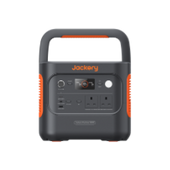

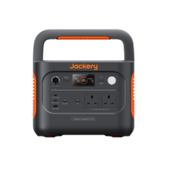
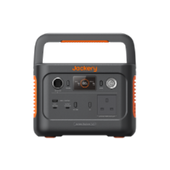
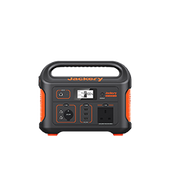
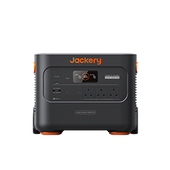
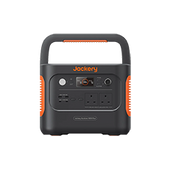
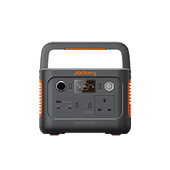
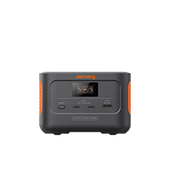
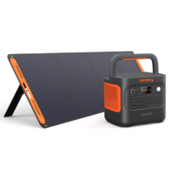
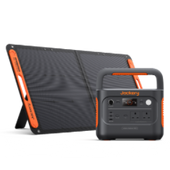
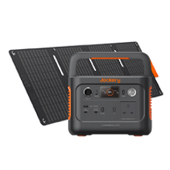
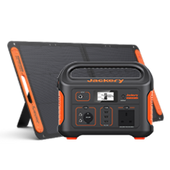
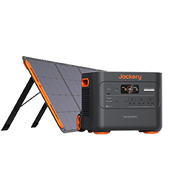
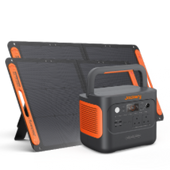
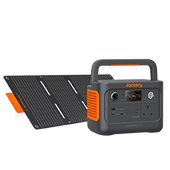
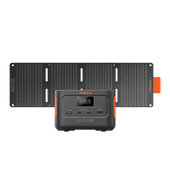

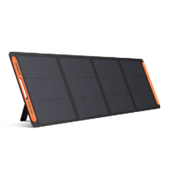




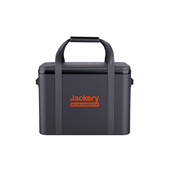
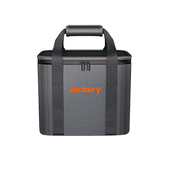

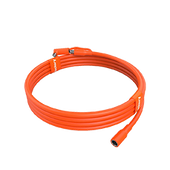
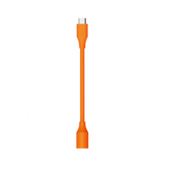
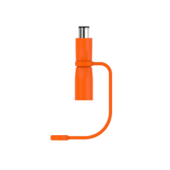

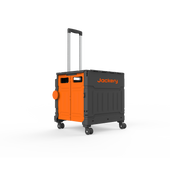
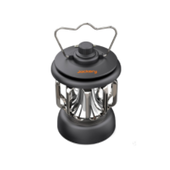

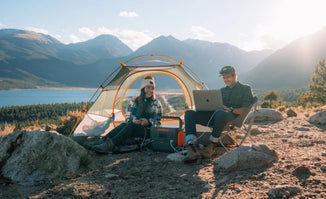
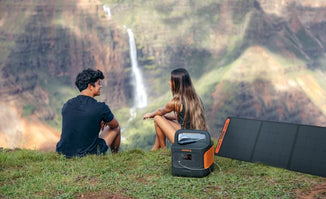
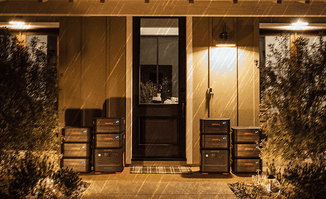
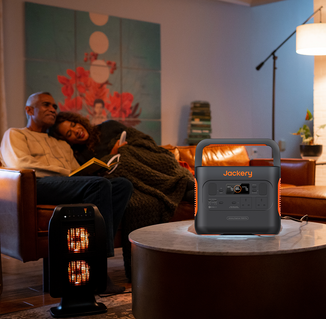
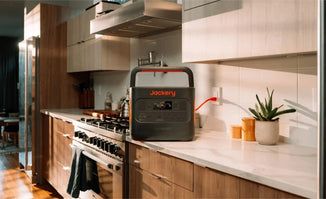
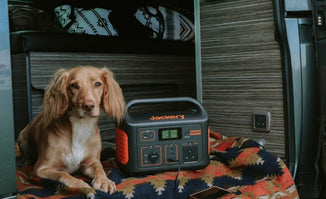
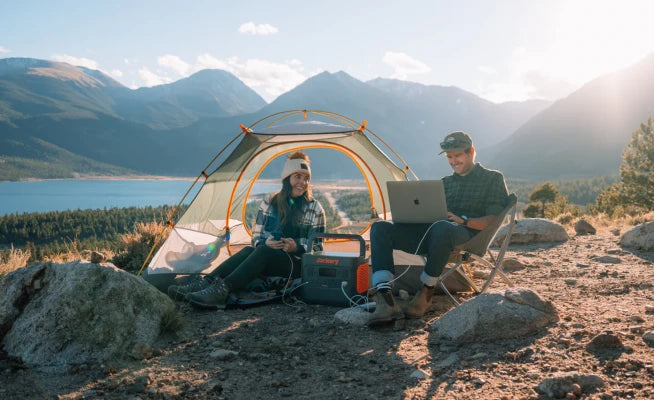
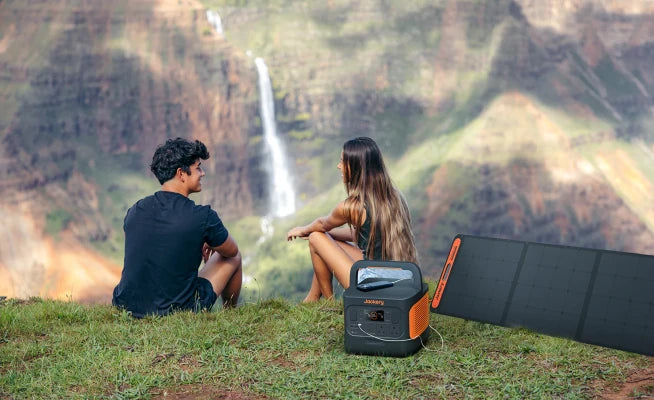
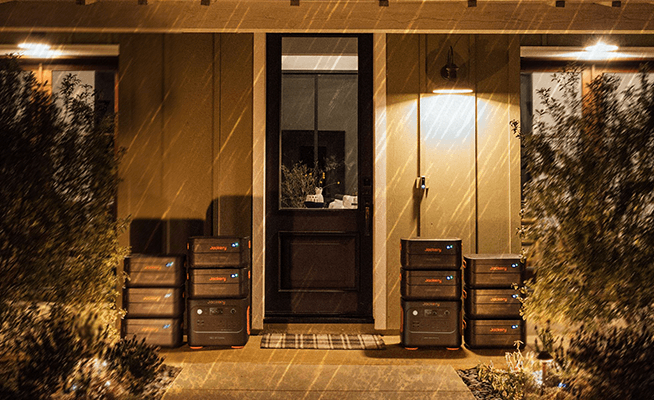
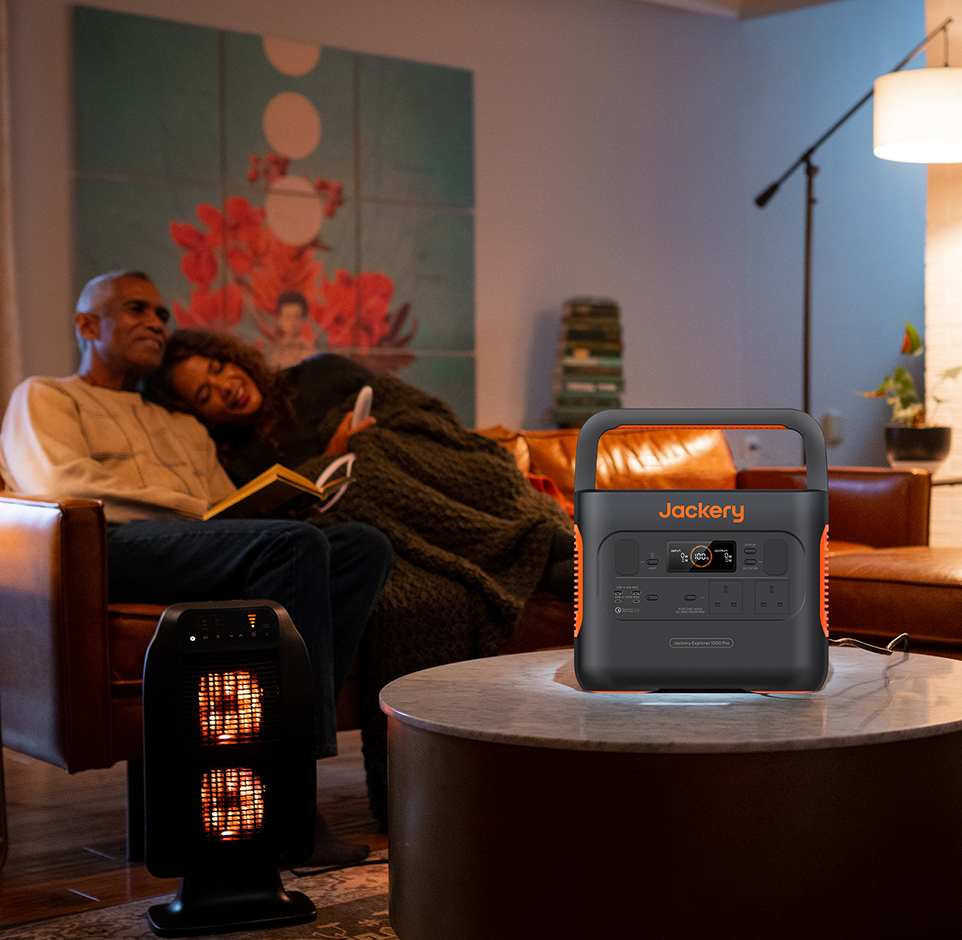
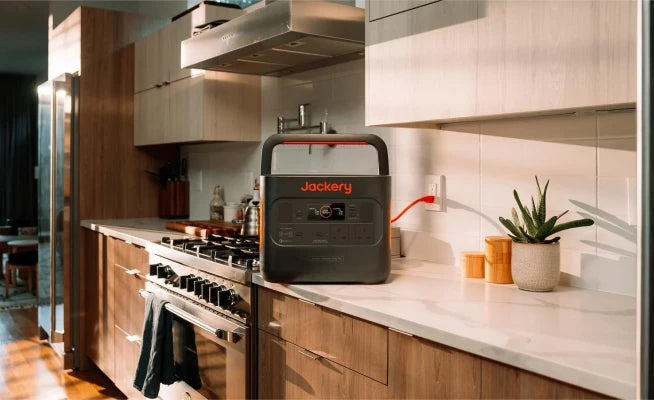
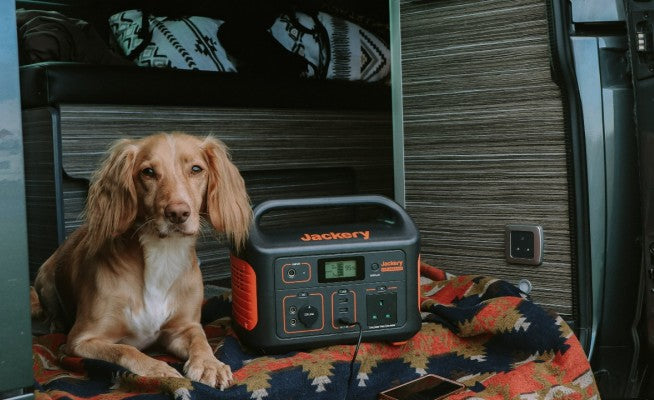






![Top 10 Star Gazing Pods in the UK [with Stargazing Tips]](http://uk.jackery.com/cdn/shop/articles/stargazing_in_uk_guide_a7a2a705-bd81-4ee2-a1b1-805f5fe83268.png?v=1745747534)




